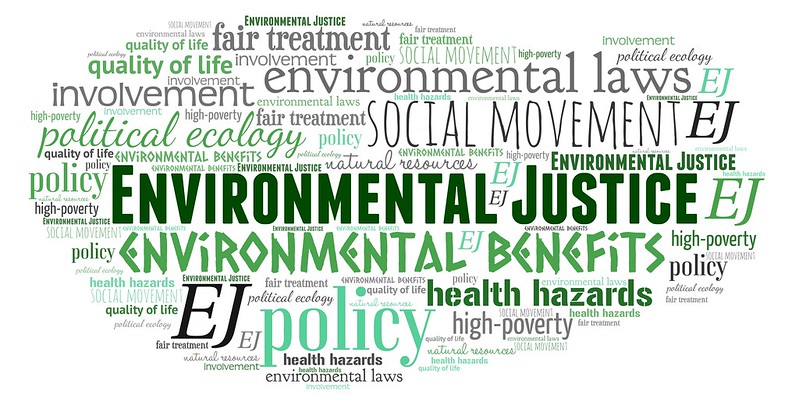Introduction:
In this article, we will learn what environmental justice is, why it is important and how it can be achieved. We'll also address some frequently asked questions about environmental justice to help readers gain a better understanding of this important issue.
What is Environmental Justice?
Environmental justice is a movement that aims to ensure that all people have the right to a safe, healthy and sustainable environment. It recognizes that certain communities, particularly those that are low-income, people of colour, or Indigenous people, are often disproportionately affected by environmental degradation, pollution, and other environmental harms.
Environmental justice seeks to address this disparity by advocating for policies and practices that promote environmental protection, reduce pollution and other environmental hazards, and promote sustainable development in these communities. It also seeks to ensure that these communities have a say in decisions that affect their environment and health.
Why does Environmental Justice matter?
Environmental justice matters because it is a matter of basic human rights. Everyone has the right to a safe and healthy environment, irrespective of their caste, ethnicity or socio-economic status. However, in many communities, environmental hazards and pollution disproportionately affect people who are already marginalized and vulnerable.
Environmental justice is also critical to the long-term sustainability of our planet. Climate change, pollution and other environmental problems affect us all, but they have a disproportionate impact on vulnerable communities. By ensuring that safe, healthy and sustainable environments are available to all communities, we can create a more just and equitable world for all.
How can Environmental Justice be achieved?
Achieving environmental justice requires a multi-pronged approach that includes policy change, community participation and advocacy. Some ways to achieve environmental justice include:
Promoting clean energy and reducing greenhouse gas emissions: Clean energy sources such as wind, solar and hydropower can help reduce greenhouse gas emissions and other forms of pollution that contribute to environmental degradation. Policies that promote the use of clean energy and reduce dependence on fossil fuels can help promote environmental justice.
Addressing environmental racism: Environmental racism refers to the ways in which environmental hazards and pollution are disproportionately located in communities of color and low-income communities. Addressing environmental racism requires policies that prioritize the health and well-being of these communities and ensure they have a stake in decisions that affect their environment.
Promoting Sustainable Development: Sustainable development aims at meeting the needs of the present without compromising the ability of future generations to meet their own needs. Encouraging sustainable development can help promote environmental justice by ensuring that communities have access to the resources they need without harming the environment.
Supporting community participation and advocacy: Environmental justice cannot be achieved without the participation of communities affected by environmental hazards and pollution. Supporting community participation and advocacy can help ensure that these communities have a voice in decisions that affect their environment and health.
FAQs:
Question: What are some examples of environmental hazards that disproportionately affect vulnerable communities?
Answer: Examples include air pollution, water pollution, toxic waste disposal, and exposure to hazardous chemicals.
Question: What does environmental justice have to do with climate change?
Answer: Environmental justice is closely linked to climate change because the effects of climate change, such as extreme weather events, sea level rise, and increased frequency and intensity of natural disasters, often have a disproportionate impact on vulnerable communities. For example, low-income communities and communities of color are often more vulnerable to the effects of heat waves and flooding because they may lack access to air conditioning or have homes in flood-prone areas. So addressing climate change is an important part of achieving environmental justice.
Question: Who is responsible for achieving environmental justice?
Answer: Achieving environmental justice is the responsibility of everyone, including governments, businesses and individuals. Governments have a responsibility to enact policies that protect the environment and promote sustainability, while businesses have a responsibility to act in an environmentally responsible manner. Individuals can also contribute to environmental justice by making lifestyle choices that reduce their impact on the environment, such as reducing energy consumption and recycling.
Conclusion:
Environmental justice is an important movement that seeks to ensure that all people have the right to a safe, healthy and sustainable environment. It recognizes that certain communities are often disproportionately affected by environmental degradation and pollution, and seeks to address this disparity through policy change, community participation and advocacy. Achieving environmental justice requires the cooperation of governments, businesses and individuals, but it is an important step toward creating a more just and equitable world for all. Let us all work towards a world where environmental justice is a reality for all.







0 comments:
Post a Comment